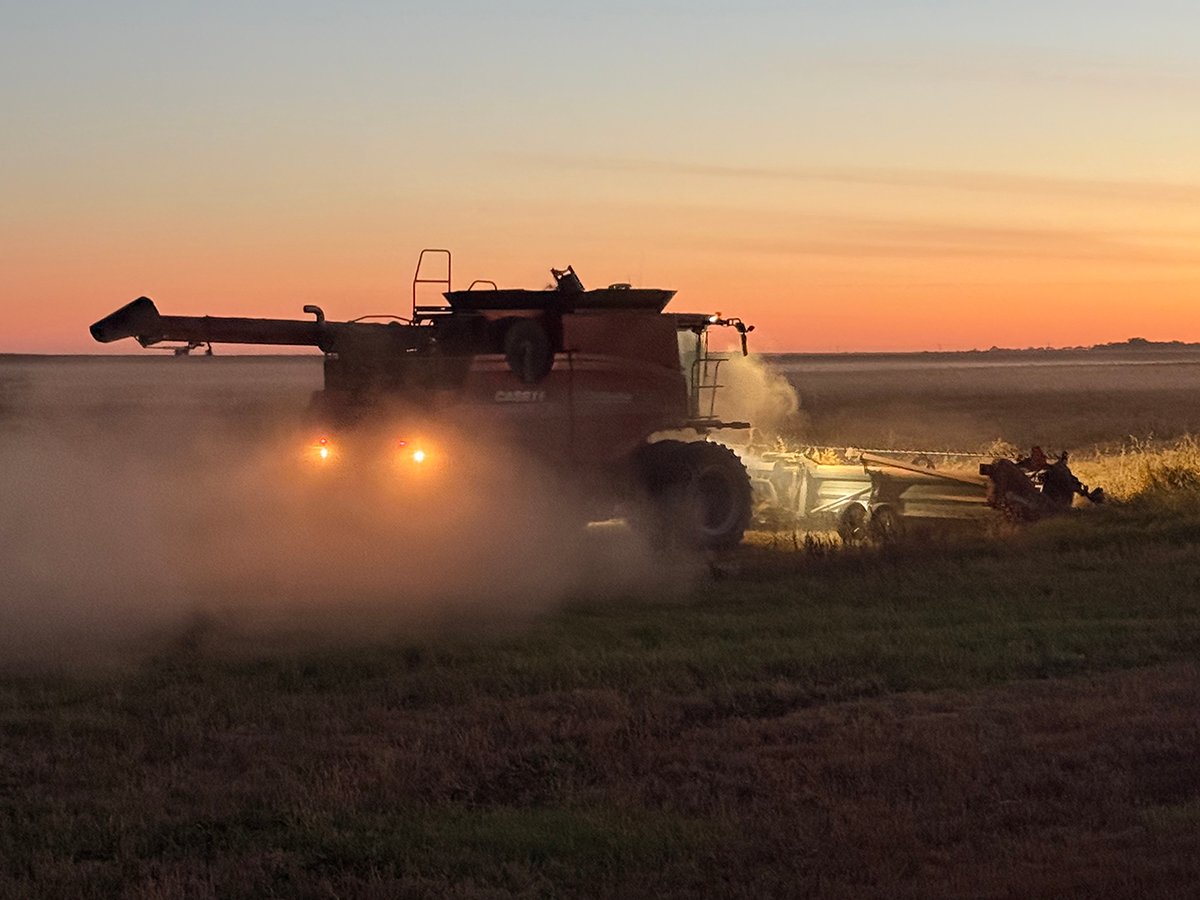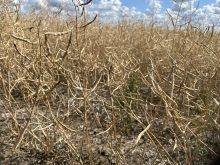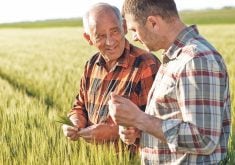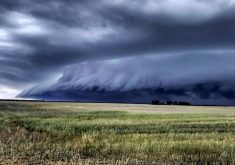Historically, the AgriStability filing deadline is Sept. 30. However, for the 2024 program year, the deadline is changing to June 30, 2025, to submit the 2024 forms without penalties.
If you don’t participate in AgriStability, the AgriInvest deadline is still Sept. 30, 2025, for the 2024 program year.
However, for the 2025 program year, the AgriInvest deadline will also move to the June 30 filing deadline. As well, if you have $1 million or more of allowable net sales in the 2022-24 program years, you must submit an agric-environmental risk assessment in order to qualify for AgriInvest in 2025.
Read Also

Downturn in grain farm economics threatens to be long term
We might look back at this fall as the turning point in grain farm economics — the point where making money became really difficult.
In Saskatchewan, the Agriculture Knowledge Centre has just released an updated assessment. It requires reading through documentation on agri-environmental risks and then signing a declaration.
The environmental assessment for AgriInvest will be frustrating, but the faster AgriStability deadline will have some benefits:
Faster payments — If AgriStability is filed earlier, the payments will potentially come during the next crop year, rather than arriving years later.
Faster interim payments in a disaster — An interim claim can be filed early and 50 per cent of the estimated payment will be paid. AgriStability can be treated no different than filing a crop insurance claim after harvest.
History available for risk management — The calculation of benefits and history may now be available during the following growing season. You can then integrate this information into your risk management plan. For example, the decision to spray fungicide or apply more in-crop fertilizer might be easier if you know that AgriStability will cover 80 per cent of the cost in a disaster.
No deadline in the middle of harvest — The earlier deadline isn’t during the middle of harvest. As well, AgriStability won’t be asking as many questions about previous crops long after they are gone.
Keeping good inventory records will be more important than ever — Historically, some producers wait to sell all their old crop inventory and then report the actual amount sold to AgriStability. Unless you are selling all your old crop before June 30, this will no longer be an option, and doing inventory counts and tracking will be necessary.
The downside to the faster deadline is that AgriStability preparers (accountants) will be even busier in winter and spring to file AgriStability applications before June 30. Doing the AgriStability analysis while preparing your year-end tax filling will also allow us to rectify discrepancies earlier.
Here in Saskatchewan, for the past few years many cow-calf producers have had poor historical profitability with low prices and higher costs due to drought, so claims have been small, even in poor years. The confusing reference margin limit was removed in 2021, making the program more lucrative for livestock operations.
On the grain side, with high crop prices and crop insurance coverage, many producers have had their most profitable years on record, despite poor crops. The one exception was in 2021, when producers who had no crop insurance or large contract buyouts triggered AgriStability payouts.
However, changes in the farm economy will make AgriStability more critical for risk management going forward:
Cattle prices have improved dramatically — This has resulted in a better margin history for livestock operations, which will increase their coverage in future years.
Grain operations have been building a good margin history — Through good prices and crop insurance coverage, many grain operations have been building an incredible AgriStability history (reference margin). Even as crop insurance coverage declines, your AgriStability coverage may be better than ever. New participants have the option of submitting just three years of history, and AgriStability will use this average. If the past three years have been profitable, this might be the best option. You can also submit five years of history and AgriStability will take an Olympic average (removing the best and worst year).
Crop insurance coverage may be declining— It is unlikely prices will rise as high as the 2023 $18.83 per bushel canola coverage from Saskatchewan crop insurance in the foreseeable future. With falling commodity prices and poor 2021 crops impacting the crop insurance history, 2025 coverage from crop insurance may be lower. In Saskatchewan, the Saskatchewan Crop Insurance Corp. had a $2.68 billion accumulated surplus as of March 31, 2021. By March 31, 2024, it is down to $141 million after running three massive deficits.
Crop insurance costs are increasing — This results in more allowable expenses for AgriStability and a tighter margin. AgriStability is comparatively cheap, with a cost of $315 for every $100,000 of reference margin.
The payout rate is higher and private insurance doesn’t count — The AgriStability payout rate in a disaster situation is now 80 per cent, and private insurance such as hail insurance revenue doesn’t count in a claim year. A hailstorm could result in a hail insurance and AgriStability claim.
The deadline to enrol in AgriStability for 2025 is April 30, 2025. We recommend reviewing your historical results and talking with your accountant to see if participating in this program in 2025 would provide your operation with cheap disaster insurance.
Levi Derksen, CPA, CGA, is a senior manager in the Ag Team at Buckberger Baerg & Partners LLP in Saskatoon.

















